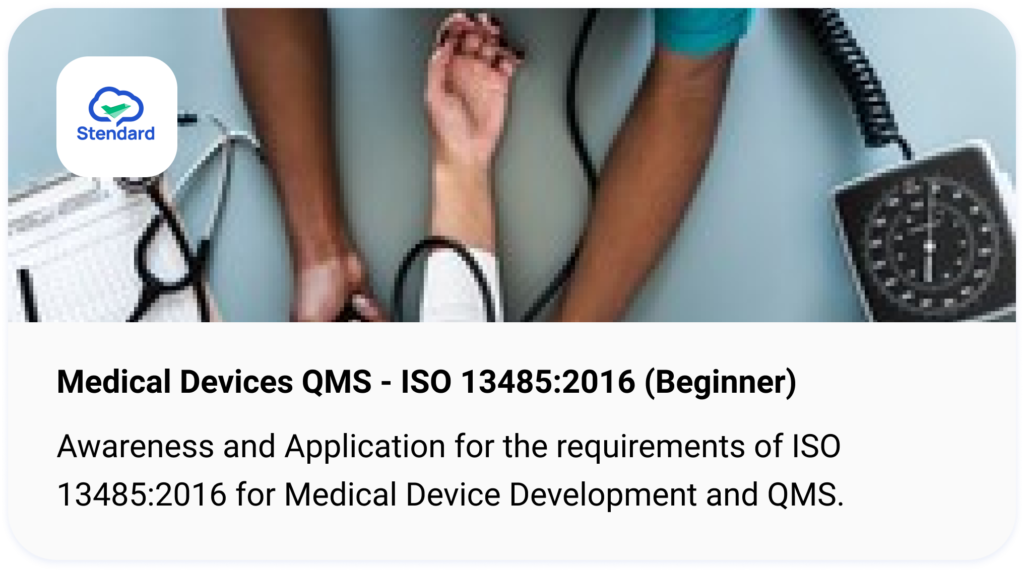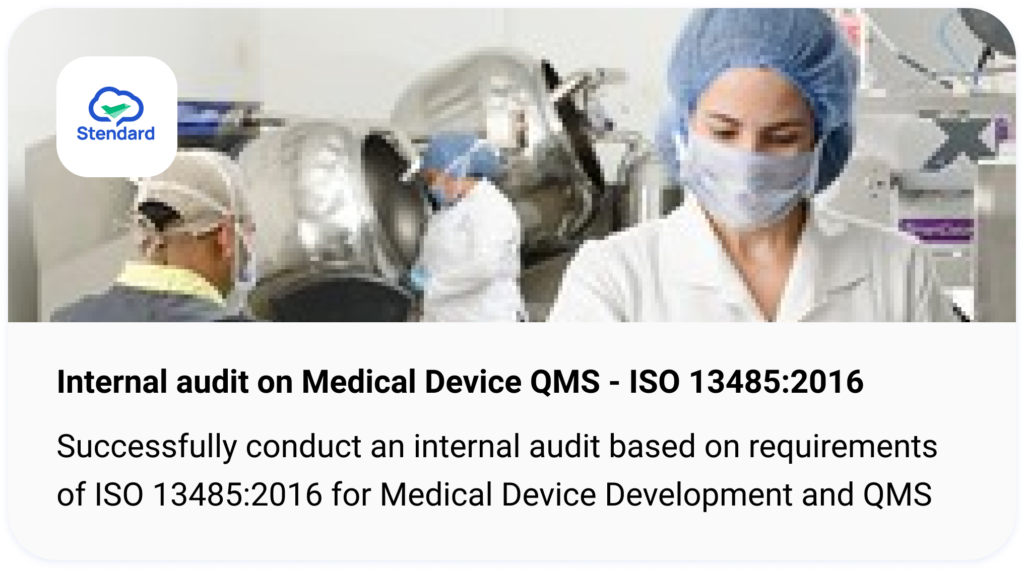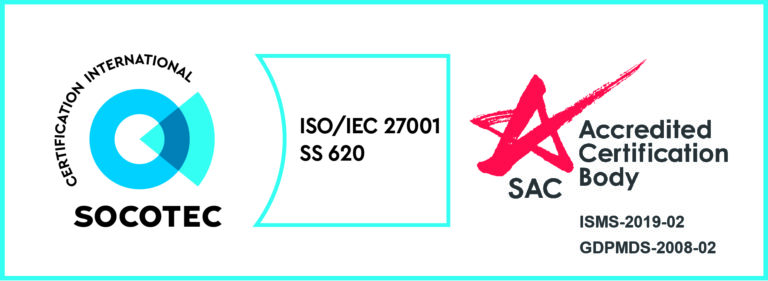This is a guest post by Caroline Jung of MT Promedt Consulting GmbH from Germany, a partner of Stendard.
Part 4 of our 6-part series highlights the main points of the new Technical Documentation:- expectations, timelines and why it is affecting everyone.
In our previous post, we spoke about the importance of the appointment of a Person Responsible for Regulatory Compliance (PRRC) as one of the key requirements in the new MDR (EU) 2017/745. Today, we will focus on one of the next hottest topic – the new technical documentation.

Technical documentation is a major topic of the new MDR (EU) 2017/745, with manufacturers of medical devices required to have it as part of the manufacturer’s obligation described in Article 10, and with it being a prerequisite for the conformity assessment process.
Manufacturers of medical devices must ensure that the technical documentation is reviewed and kept up to date for all devices. The technical documentation must be presented in a clear, organised, readily searchable and unambiguous manner. This means that a basic reference list in excel format as currently commonly used, should NOT be accepted anymore. Favourably, this is very good preparation for unexpected audits.
Where should we start from?
The MDR (EU) 2017/745 defines minimum elements for the preparation of the technical documentation which are described in Annexes II and III. In them, you will find the detailed instructions, structure and content required for your technical documentation.
In general, the technical documentation for medical devices is considered as a proof of compliance with all applicable General Safety and Performance Requirements (as described in Annex I).
The technical documentation must include the following elements:

- Device description and specification, including variants and accessories including UDI intended purpose and intended users
- Description of the risk class of the device and the justification for the classification rules applied (Annex VIII). Do consider here the changes in the classification rules for specific devices
- Labeling (product label, packaging label, instructions for use)
- Design and manufacturing information
- Information on the design phases applied to the devices
- Detailed information on the manufacturing processes including raw material and final product specifications, in-process and end control specifications as well as validation of critical processes
- Description of all design and production sites, including listing of all critical suppliers and sub-contractors
- General safety and performance requirements (Annex I)
- Risk-benefit analysis and risk management
- Product verification and validation including pre-clinical and clinical data
- All results of verification and validation tests performed to demonstrate conformity of the device with the applicable general safety and performance requirements
- Clinical Evaluation Report
A new Technical documentation is required according to Annex III on Post Market Surveillance. The details will be described in our next article!
The How and the When
Manufacturers (except for Class I products) must submit the technical documentation for their medical devices to their selected Notified Body for review. A well-structured documentation is therefore helpful for their assessment. With a logical and standardised structure, you can quickly read and check the contents of your technical documentation.

It is important to keep the technical documentation updated. The manufacturer shall establish a process for the change management of the technical documentation to ensure that the latest updated version is always available. Furthermore, the MDR requires the manufacturers to keep the technical documentation available for the competent authorities for a period of at least 10 years (or 15 years for implants) after the last device covered by the EU declaration of conformity has been placed on the market.
If you are based outside the EU, you need to ensure that a controlled copy of the technical documentation is always available to your European Authorised Representative.
Another aspect should be clarified – the quality management system standard EN ISO 13485:2016 requires a Medical Device File (see section 4.2.3). This means that for each medical device type or family, the manufacturer shall establish and maintain one or more files either containing or referencing documents generated to demonstrate conformity to the requirement of the ISO Standard.
The minimum content of the medical device file(s) shall include, but is not limited to:
- General description of the medical device, intended use and labelling,
- Specifications for product,
- Specifications or procedures for manufacturing, packaging, storage, handling and distribution,
- Procedures for measuring and monitoring, and
- Requirements for installation, servicing as required.
These documents are typically results of the design activities, which are part of the design and development file (section 7.3.10 ISO 13485:2016). As the medical device file elements are also embedded in the technical documentation, the compliance with the requirements for the medical device file can be demonstrated by having a technical documentation for the specific devices available. We recommend to describe this aspect in the appropriate SOP on Technical Documentation Control.
I handle Class I devices – Does this involve me?

It is important to understand that the MDR (EU) 2017/745 requirements for drawing up a technical documentation also apply for manufacturers of Class I products. You can continue to go for a CE marking according to Annex IV and V by signing a Declaration of Conformity. Here, we need to consider the additional manufacturers obligations as described in Article 10, which include for example, the need for a Quality Management System.
The technical documentation for Class I manufacturers must be available latest on May 26, 2020.
The new MDR has established a new class of medical devices, Class I r products, which are reusable surgical instruments. These products were classified in the MDD as Class I products, but now you need to apply for a conformity assessment procedure according to Chapters I and III of Annex IX, or in Part A of Annex XI. However, the involvement of the notified body in those procedures shall be limited to the aspects relating to the reuse of the device, in particular cleaning, disinfection, sterilisation, maintenance and functional testing and the related instructions for use.
In summary all manufacturers of medical devices need to consider the manufacturers obligations as described in Article 10 of the MDR, which also include the need for a technical documentation. We recommend to start identifying any gaps in the technical documentation in order to be able to close these gaps until May 26, 2020.




